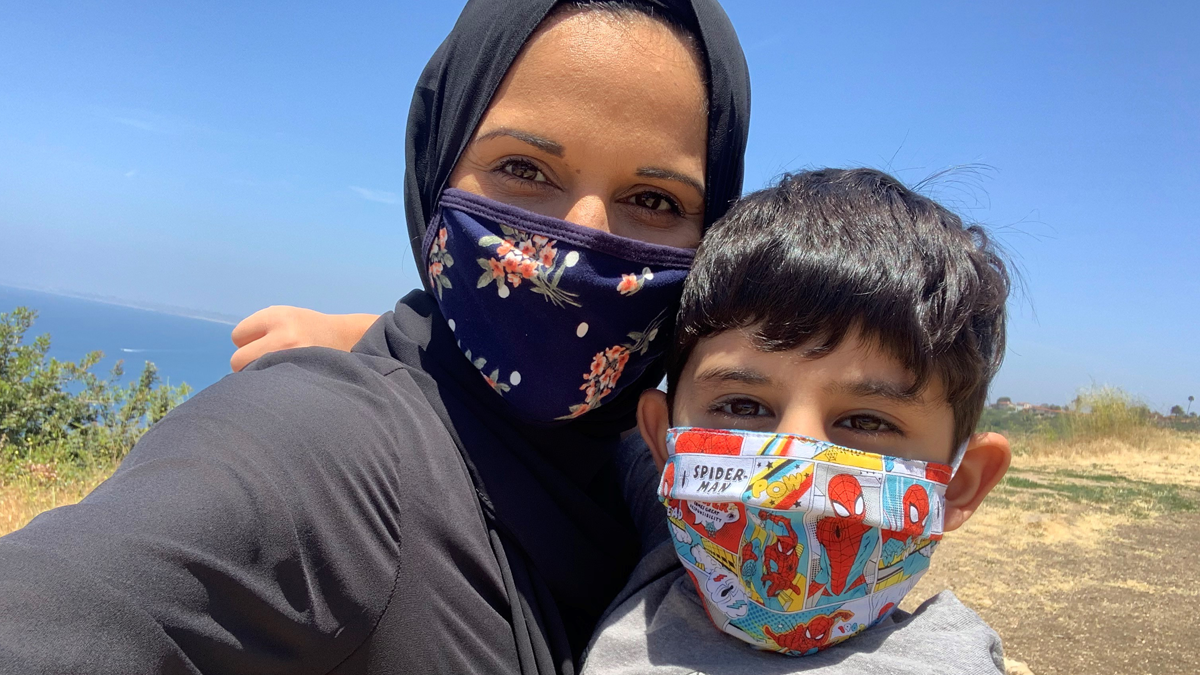By Tom Bakaly, CEO Beach Cities Health District
It’s time to wear your face coverings. Like it or not, COVID-19 is going to be around for a while. The safest thing to do is physically distance. We did that and demonstrated that the strategy was not economically sustainable. So, the Country opened while the threat of infection is still very real and very prevalent. Too soon? So far, the outcome is less than ideal, with the infection rate going up and L.A. County beaches being closed for the 4th of July weekend.
Our “new normal” includes face coverings. Are they inconvenient? Perhaps, but it’s also simple to do. Some people feel that wearing a face covering infringes on their liberties. Some say they’re not going to let a virus control their life. Some say it doesn’t help. I used to feel that way about seat belts. I made a New Year’s resolution a few years back to wear my seat belt. Now it’s a habit. Not too long ago, we never had to take our shoes off while going through security at the airport. It’s now part of the routine for air travelers. We can adapt to this new normal.
Early on with this pandemic, the advice from health experts was that only sick people and medical personnel should wear medical masks, not only to slow the spread of COVID-19, but also to maintain the supply for hospital workers. Everyone else should wear a face covering, but it doesn’t need to be medical quality; a cloth face covering, such as a bandana, will do the job. OK you say, but which mask/face covering/letter combination should I use? Here is a simple analogy. When I lived in a ski town where weather was an issue, I had four coats on the rack by the door that I would wear depending on what was happening outside. The N95 Mask is the parka. It should usually be worn by the professionals (lift operators/health professionals) and only when there is a blizzard. The KN95 is like the shell of the parka and should only be used when it is really snowing outside or heavy COVID risk. The surgical mask is like a heavy windbreaker and should be worn only when there is precipitation or medium risk. Lastly, the face covering is like a fleece or sweater and should be worn by all if it is cold outside.
What should we do if we know someone who’s not willing to take the recommended steps to keep themselves – and those around them – safe from infection? I asked Kerianne Lawson, our Chief Programs Officer at BCHD, for her thoughts.
“This can be a tricky subject. As part of the health order, it is legally enforceable, but we don’t want to be the behavior police or create vigilantes. And we want to be kind to each other. Wearing a face covering is a way of demonstrating care for others around you.”
“It’s about respecting each other’s space and that we’re all in this together, trying to battle this silent enemy. Working together can keep us all healthy.”
She says we must remember the double-sided risk – what is the risk to you and what risk are you to somebody else, especially if you do not show any symptoms. This simple combination – wearing a face covering while staying physically distant – can protect people you encounter, some whose medical history may make them more susceptible to COVID-19. In general, people are more willing to help in a situation where their actions will benefit others.
“By wearing your face covering, you’re serving as a role model for others,” Lawson said. “The more people we see doing the right thing, the more normal it becomes and soon, we’ll see more people wearing face coverings. We need to be consistent with our actions and our messages.”
Lawson suggests we encourage others who are wearing face coverings. “Positive reinforcement is a powerful thing: thank them for doing the right thing, protecting others during this pandemic,” she said. “I like complementing people when I see a good-looking face covering. We’re going to be wearing them for a while, so we might as well be stylish doing it.
Dr. William Kim is our chief medical advisor at BCHD and has a practice here in the Beach Cities. He says all these efforts – staying home, physical distancing, cloth face coverings, washing hands – can have a positive impact on cases and hospitalizations. But the opposite is also true.
“We had Memorial Day, then all the protests; people were out and about. The virus hasn’t gone away and the number of cases is increasing,” said Kim. “It’s one step forward, two steps back, many more people are getting sick and now our beaches are closed for the 4th of July. I was hoping to get out and catch some waves.”
Public cooperation is critical to make this reopening work. Our actions will determine the outcome with this pandemic. Physical distancing while wearing a cloth face covering is our best defense against this virus. Washing our hands regularly, staying home when we feel ill, and limiting non-essential travel are important. If you go out, consider how you can avoid “the three C’s:” closed spaces, crowded places and close contact with others. Do your best to limit the risk to you and the risk you might pose to others.
It feels like we’re going backwards but we can take more steps forward. Let’s go easy on each other as we change our habits. We can all be health leaders while wearing a face covering.




